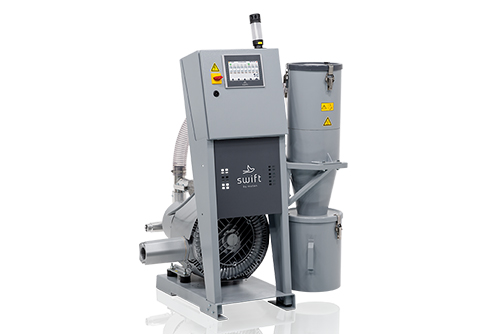New energy vehicles boost the export of automobiles
In the view of Liu Yan, a senior researcher at the China Automotive Strategy
and Policy Research Center, the continuous growth of China's auto exports is the
result of the joint promotion of internal and external factors.
On the one hand, the quality and brand building of Chinese automobiles have
made significant progress, and the global competitiveness of their products has
been continuously enhanced. Data shows that the average value of PPH (Problems
Per Hundred, that is, the number of faults per hundred new vehicles) of the
overall quality of new vehicles in the industry in 2024 was 153, a significant
decrease compared to 181 in 2023. On the other hand, against the backdrop of
"carbon peaking", the global automotive industry is accelerating its
transformation towards intelligence and electrification. The demand for electric
vehicles in both domestic and international consumer markets is constantly
increasing. Asia, Latin America and other regions have become new engines for
the growth of global electric vehicle sales. Chinese automotive products have
maintained a leading position in electrification and intelligence, which has
enabled Chinese smart new energy vehicles to attract a group of consumers
worldwide.
"New energy vehicles are an important factor driving China's auto exports." "
Chen Shihua, deputy secretary-general of the China Association of Automobile
Manufacturers, said that from January to June, 2.023 million traditional fuel
vehicles were exported, a year-on-year decrease of 7.5%. New energy vehicles
were exported at 1.06 million units, up 75.2% year-on-year. Although the EU has
imposed tariffs on Chinese-made electric vehicles, Chinese automakers are
seeking more proactive localization development strategies, which to a certain
extent have guaranteed the sales of Chinese electric vehicle products in
Europe.
Meanwhile, as plug-in hybrid vehicles are still subject to basic tariffs,
China's plug-in hybrid vehicles have achieved sales growth in Europe. Data shows
that in the first half of the year, China exported 390,000 plug-in hybrid
vehicles, a year-on-year increase of 2.1 times. Outside the European market,
Chinese electric vehicles have also shown a promising development trend in
markets such as Southeast Asia.
Chinese automobiles have different performances in different markets. Cui
Dongshu, secretary-general of the Passenger Car Association Branch of the China
Automobile Dealers Association, pointed out that China's auto export market is
gradually shifting from performing strongly in Central and South America,
Southeast Asia and South Asia in the past to experiencing rapid growth in the
Central and South American and Middle Eastern markets. Chinese automakers need
to formulate development strategies that meet local demands based on the
different needs of various regions in order to better explore the international
market. Cui Dongshu said.
Xu Haidong, the executive deputy secretary-general of the China Association
of Automobile Manufacturers, emphasized that Chinese enterprises need to carry
out regional internationalization. From the perspective of the global industrial
development history, the model of exporting products globally is difficult to
sustain. Even manufacturing powerhouses such as the United Kingdom, the United
States, Japan and Germany have failed to achieve a sustainable development model
that relies entirely on their domestic manufacturing capabilities for global
exports. Ultimately, enterprises in these countries all chose to develop
locally, that is, the model of "in a certain country, for a certain country". Xu
Haidong proposed that regional internationalization is the inevitable path for
enterprises to achieve sustainable development, and Chinese automakers should
develop localized "going global".
www.yuanda-export.com
Shaanxi Yuanda Auto Service Co., Ltd.



